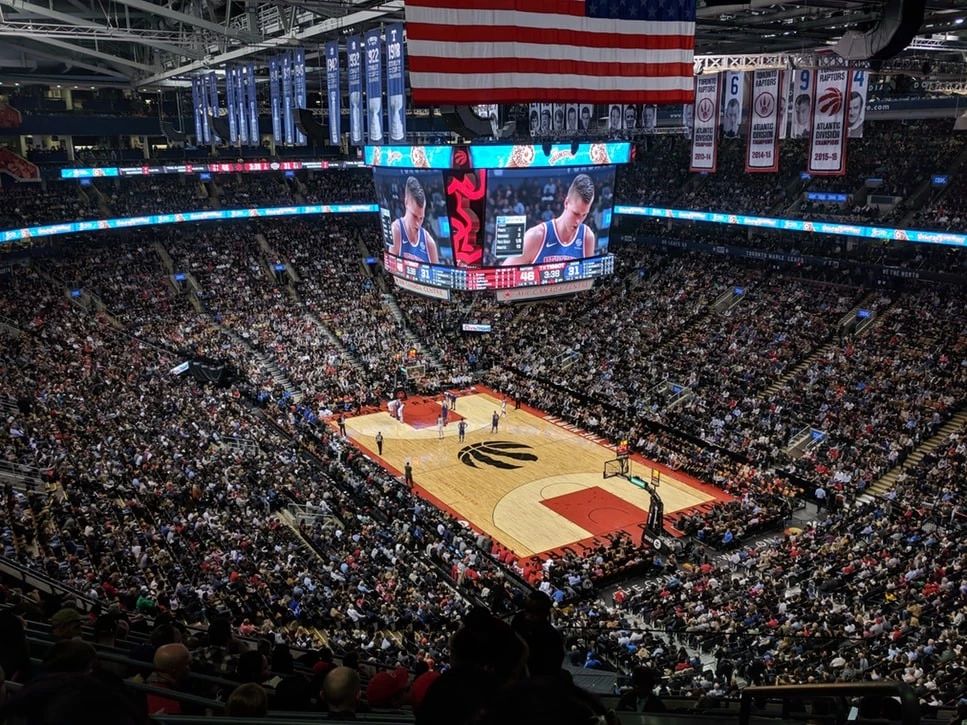The LED display screen of the sports stadium mainly displays live broadcast of events, match time, scoring, sponsor advertisements, etc., and is generally distributed inside and outside the sports stadium. It can make the audience on site feel a very stunning effect, with a different visual experience and enjoyment.

There are many international and domestic sports events at present, such as NBA, Olympics, European Championship, etc, LED display screens are almost inseparable from sports venues. The LED large screen display system has replaced traditional lighting and CRT displays, becoming one of the essential facilities in modern sports venues. Today we will learn about the specific requirements for LED display screens in sports stadiums.

1. High safety and stability performance of sports field LED screens
In public places, safety is paramount, and there are many spectators for sports competitions and large-scale events. Any malfunction or error can have a significant impact, therefore stable engineering quality is an objective requirement of users.
For example, using fiber optic transmission can avoid signal attenuation and prevent delays in live or broadcast images. Protective pads and other measures can also be used to prevent safety accidents. Dual power supply can be used, and in the event of one power failure, the other can be automatically connected without affecting the normal display of the LED screen.
2. Stadium LED screens need to support diversified input interfaces
The sports arena display screen can not only be used for real-time live broadcasting by cameras, but also for broadcasting TV and satellite TV programs, playing VCD, DVD, LD and various self-made video signal programs. It supports various formats such as PAL and NTSC, and the displayed content can also be various graphic and text video information on the computer. It also needs to be able to connect to the referee system, timing and scoring system, The LED screen can display real-time game time and scores.
3. Good flame retardant level, protection level, and heat dissipation performance
The flame retardant level, protection level, and heat dissipation performance of LED electronic displays in sports stadiums are good, especially for outdoor sports events, which need to consider the ever-changing climate environment. In the southern part of our country, emphasis is placed on moisture resistance and cold resistance in plateau areas, while heat dissipation needs to be considered in desert areas.
4. Broader perspectives and higher refresh rates
The large LED screen in the gymnasium requires a wider perspective and higher refresh rate to ensure the clarity of video display. Especially when introducing athlete information, scores, slow motion replay, exciting scenes, slow motion replay, close-up shots and other live broadcasts, it is important to consider whether the audience can see them clearly.
5. Select the corresponding point spacing based on viewing distance
The LED electronic screens in sports stadiums should choose the corresponding point spacing based on the viewing distance. For example, for large outdoor sports stadiums, screens with larger point spacing are generally selected, P6 and P8 are two common spacing points in outdoor sports venues. The indoor audience has a higher viewing density and closer viewing distance, with a point spacing of P4 P5 is more suitable.
Post time: Oct-09-2024




